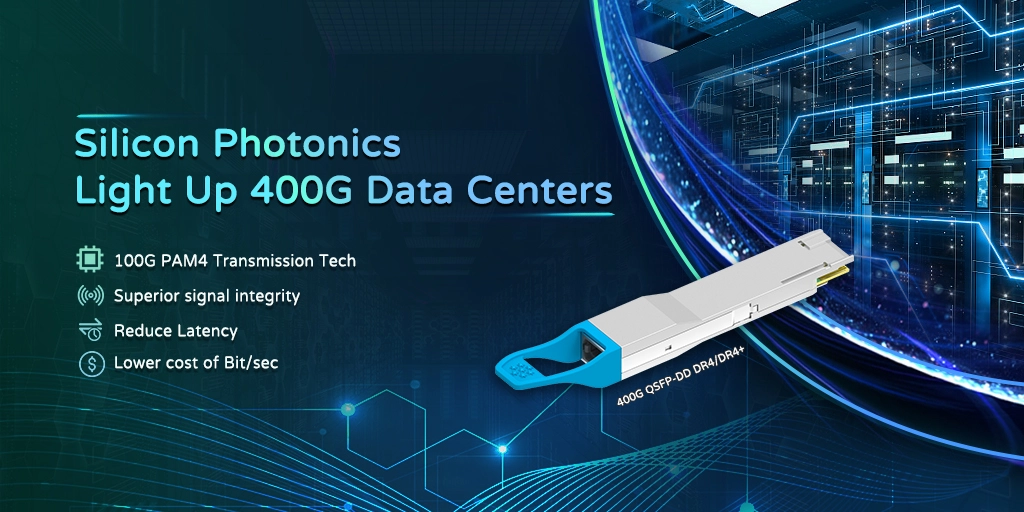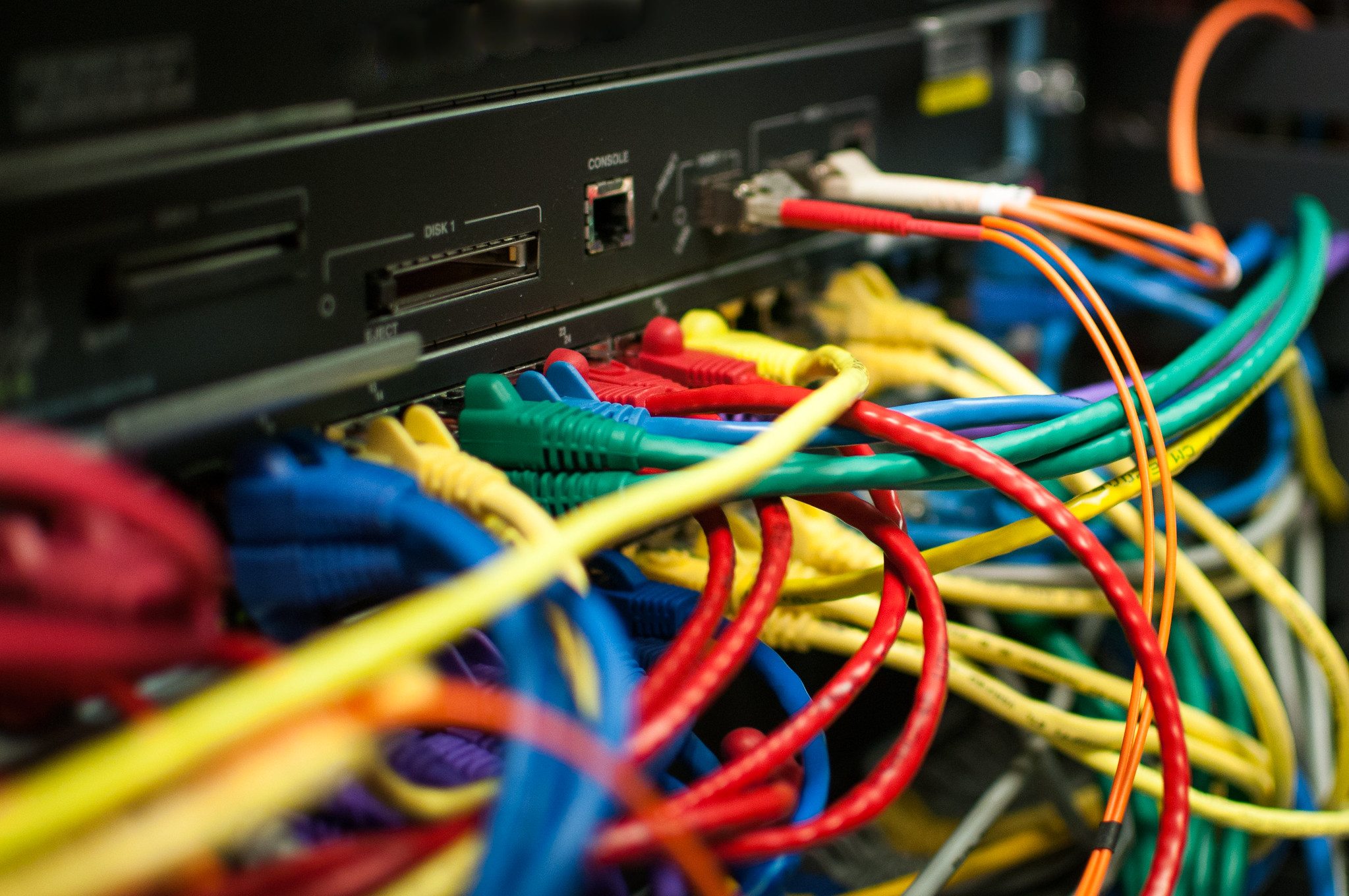As data volumes continue to explode, the energy demands of data centers are also skyrocketing, posing a significant environmental and economic burden.
Integrated photonics offers a promising solution to this challenge. It enables more efficient data transmission and reducing the overall power consumption of data centers.
Data centers are the backbone of our digital world. Cloud computing, artificial intelligence based tools like ChatGPT and Gemini (formerly Bard), and the internet of things are all made possible by the deployment of data centers at strategic locations around the world.
You are able to read this article because it is stored on a server in a data center; ready to be accessed when you click on the appropriate link in your browser.
Data centers are currently facing a growing challenge – excessive power consumption.
Data center power consumption
Traditional data centers rely heavily on copper cables (as well as copper traces on electronic integrated circuit boards) for data transmission.
Transmitting huge amounts of data in this manner is inefficient and energy-intensive.
Copper cables suffer from significant signal attenuation, requiring repeaters to boost the signal in order to maintain data integrity.
For example, an electrical signal travelling in a copper cable would only have about 5% (a 13 dB loss) of its original signal strength after 100 meters.
In contrast, an optical signal travelling in an optical fiber would still have 93% of its original strength after 100 meters (i.e. a 0.3 dB change).
Repeaters used for copper cables consume significant power, contributing to the overall energy footprint of data centers.
Let’s look at some concrete data to get a better idea of the scale of energy consumption in data centres.
As of December 2023, there are eleven thousand data center locations worldwide. This number is only set to grow further as our appetite for online streaming content and cloud computing increase.
Data centers consumed about 7.4 Gigawatts of power in 2023, which represents a 55% increase on the 2022 which stood at 4.9 Gigawatts.
This all amounts to 4% of the global energy consumption and 1% of global greenhouse emissions. The energy consumed in a year by data centers could be used to power about 6,5 million homes in the US.
The internet is here to stay and its use cases require ever more increasing data transfer speeds and volumes.
The tremendous amounts of data necessary for applications like artificial intelligence and cloud computing mean data transmission speeds of 100 Gigabits per second (100G) are a necessity.
Such speeds are attainable through integration of advanced CMOS circuitry with fiber optics.
As a matter of fact, fiber optic cables have already replaced the copper cable connections in most data centers. However, as you may have already guessed, we will need even more in the coming years.
The next generation of cloud and AI computing would require data channels supporting up to 400G (400 Gigabits per second) data transfer speed over a single laser wavelength in a single fiber optic cable.
The 400G standard would obviously be faster than 100G. However, in order to take full advantage of this level of data transmission, silicon CMOS data processing circuitry would need to be supplemented by silicon photonic integrated circuits.
To learn more about the possibilities, check out our article on the relationship between electronics and photonics.

Integrated photonics for power-efficient data centers
Integrated photonics addresses the challenge of data center power consumption by manipulating photon streams in an efficient way at chip scale.
Integrated photonic components like low-loss waveguides, ring resonators, Mach-Zhender interferometers, arrayed waveguide gratings etc can be packed into compact chips which are a lot more energy efficient than electronic chips.
Benefits of integrated photonics in data centers
Integrated photonics offers several key benefits for data centers:
1. Reduced power consumption
Integrated photonic chips use materials which are transparent to light at telecom wavelengths. This means the light pulses can be routed around the chip with negligible loss.
Since there is very little loss, you don’t need to put in so much energy into the chip in the first place.
Any part of the data center where an electronic component can be replaced by a photonic counterpart represents a tremendous reduction in energy consumption.
2. Increased data capacity
Integrated photonics enables higher data transmission rates, allowing data centers to handle the growing demand for data storage and processing.
Transmitting information as light pulses leads to a much higher bandwidth than using electronics.
Photonics chips are already capable of 50 Gigabits per second and can be multiplexed together to get channels with data capacity of 400G and more in the coming years.
This is not possible with the most advanced CMOS electronics.
3. Improved heat dissipation
Integrated photonic components generate less heat compared to electrical components, reducing the need for cooling systems and further lowering energy consumption.
This advantage of integrated photonics is tied to their low loss (discussed earlier above).
Since most integrated photonic components are transparent at the telecom laser wavelength of 1,55 um, there is no heat build-up in the chip.
Current implementation of integrated photonics in data centers
Integrated photonics has already begun to make inroads into data centers, particularly in high-performance computing (HPC) environments.
Integrated photonic interconnects are being deployed to connect servers, storage devices, and networking equipment, enabling faster data transfer and reducing power consumption.
As integrated photonics technology continues to mature and costs decrease, its adoption in data centers is expected to accelerate.
Photonics-based data center interconnects are anticipated to become the industry standard in the near future.
They would revolutionize data transmission and processing, leading to more energy-efficient, scalable, and high-performance data centers.
Conclusion
Integrated photonics holds immense promise for addressing the power challenges of growing data centers.
By enabling more efficient data transmission and reducing energy consumption, integrated photonics has the potential to transform the data center landscape.
Photonics-enabled data centers would be more sustainable, cost-effective, and capable of handling the ever-increasing demand for data.

What a fantastic resource! The articles are meticulously crafted, offering a perfect balance of depth and accessibility. I always walk away having gained new understanding. My sincere appreciation to the team behind this outstanding website.